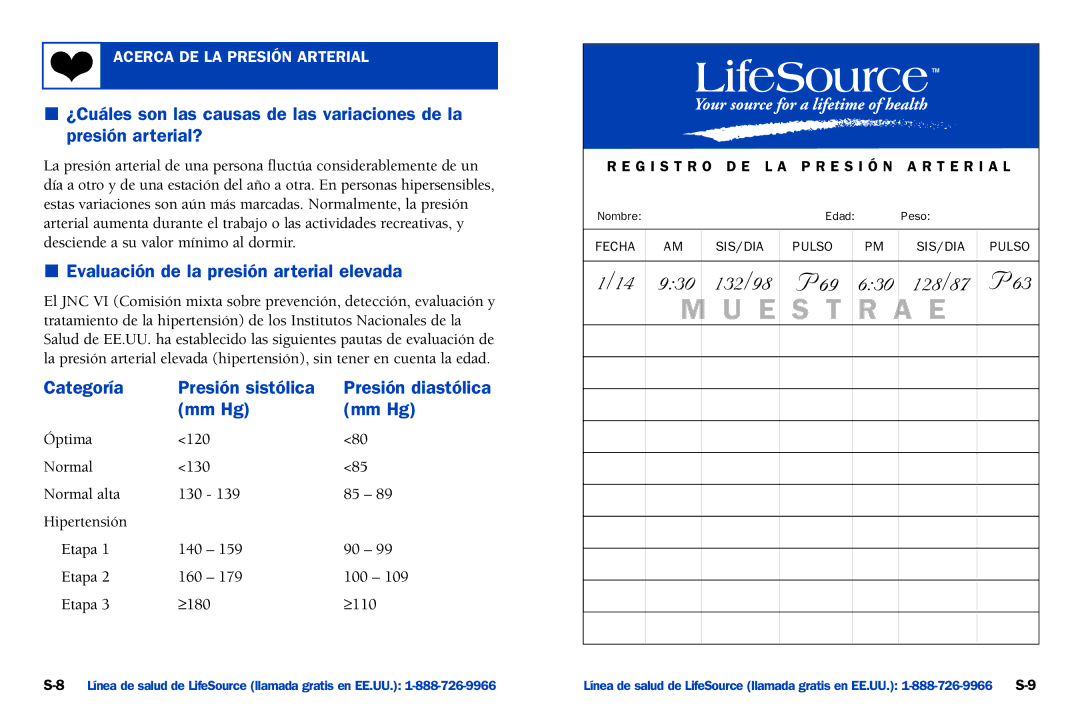UA-100 specifications
The A&D UA-100 is a sophisticated, user-friendly blood pressure monitor that exemplifies the latest advancements in medical technology. Designed for both home and clinical use, it boasts several cutting-edge features that make monitoring hypertension more accessible and accurate for users.One of the standout characteristics of the UA-100 is its advanced oscillometric measurement technique. Unlike traditional auscultatory methods, this technology detects the vibrations of the arterial walls and provides highly accurate readings with minimal user variation. This ensures that you get reliable blood pressure measurements with every check.
The UA-100 is equipped with an easy-to-read LCD display that clearly shows your systolic and diastolic readings, along with pulse rate, making it simple to interpret the results. Additionally, the device incorporates an automatic inflation feature that adjusts the cuff pressure according to the measured arterial conditions, allowing for comfortable and accurate readings without the need for manual inflation.
In terms of usability, the A&D UA-100 features a memory function that stores up to 60 blood pressure readings, allowing users to track their historical data over time. This is particularly beneficial for individuals monitoring their blood pressure regularly, as it enables them to share their data easily with healthcare professionals. The device also includes a classification indicator that helps users understand their readings in relation to established hypertension categories.
The UA-100's cuff is designed for comfort and ease of use, fitting arms with a circumference of 22 to 42 centimeters. The device operates on four AA batteries, ensuring long-lasting performance, and it also features an automatic shut-off function to conserve battery life.
Moreover, the A&D UA-100 emphasizes accuracy and reliability, having undergone rigorous testing to meet international standards. It complies with validation protocols, ensuring that the device provides consistent performance across different populations and settings.
In summary, the A&D UA-100 blood pressure monitor combines advanced oscillometric technology with user-friendly features such as a clear LCD display, memory storage, and automatic inflation. Its focus on comfort, accuracy, and ease of use makes it an ideal choice for anyone looking to monitor their blood pressure effectively, whether at home or in a clinical environment.

